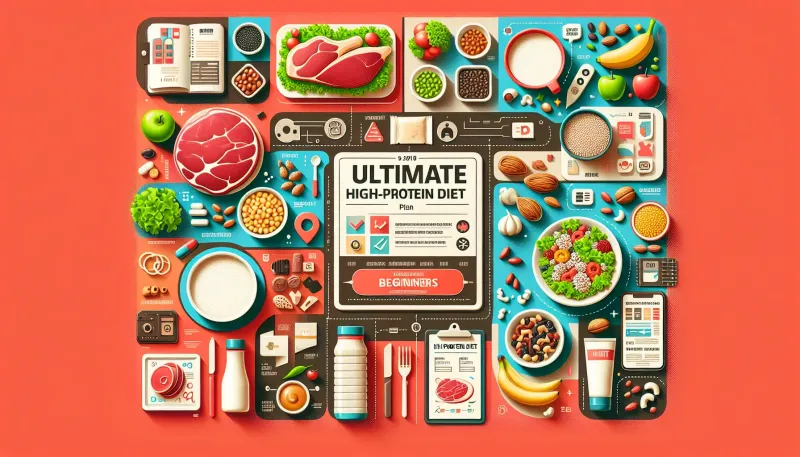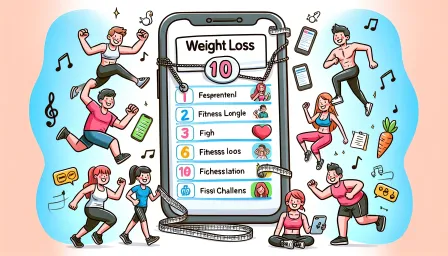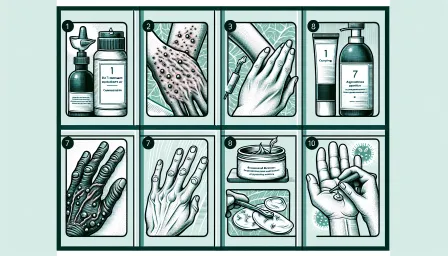Ultimate High-Protein Diet Plan for Beginners: Start Your Fitness Journey Today

Ultimate High-Protein Diet Plan for Beginners: Start Your Fitness Journey Today - An informative guide to kickstart your fitness journey using a high-protein diet plan.
Adopting a high-protein diet can be an excellent strategy for those looking to build muscle, lose weight, or maintain a healthy lifestyle. Whether you are new to fitness or looking to refine your nutritional habits, this comprehensive guide will help you understand the fundamentals of a high-protein diet plan for beginners.
Why Choose a High-Protein Diet?
Proteins are essential nutrients for the human body. They are crucial for muscle repair, hormone production, and immune function. Here are some compelling reasons to consider a high-protein diet:
- Muscle Growth and Maintenance: Protein is the building block of muscle mass, making it critical for muscle growth and recovery.
- Weight Management: High-protein diets increase satiety, helping you feel full longer and reducing overall calorie intake.
- Boosts Metabolism: The thermic effect of protein digestion can boost your metabolic rate.
- Improved Bone Health: Protein works in tandem with calcium to strengthen bones.
Getting Started: High-Protein Diet Plan for Beginners
Step 1: Calculate Your Protein Needs
The first step in creating a high-protein diet is determining how much protein you need. The Recommended Dietary Allowance (RDA) for protein is about 0.8 grams per kilogram of body weight. However, for those engaging in regular exercise, aim for 1.2 to 2.2 grams of protein per kilogram of body weight.
Step 2: Plan Balanced Meals
Creating balanced meals ensures you receive all necessary nutrients. Each meal should include a source of lean protein, complex carbohydrates, healthy fats, and vegetables.
Here are some protein-rich food options to consider:
- Animal Sources: Chicken breast, turkey, lean beef, pork loin, fish, eggs, dairy products (Greek yogurt, cottage cheese).
- Plant Sources: Legumes (lentils, chickpeas), nuts and seeds, quinoa, tofu, tempeh, edamame.
Step 3: Spread Protein Intake Throughout the Day
To maximize protein utilization, spread your protein intake evenly throughout the day. This approach supports muscle protein synthesis more effectively than concentrating it in one or two meals.
Sample High-Protein Diet Plan for Beginners
Breakfast
Scrambled Eggs with Spinach: Combine 2-3 scrambled eggs (or egg whites for a lower calorie option) with fresh spinach. Add a slice of whole grain toast and a serving of fresh fruit.
Mid-Morning Snack
Greek Yogurt with Berries: A cup of Greek yogurt topped with a handful of fresh or frozen berries.
Lunch
Grilled Chicken Salad: Mix grilled chicken breast with a variety of fresh vegetables (lettuce, tomatoes, cucumbers, bell peppers) and top with a light vinaigrette dressing.
Afternoon Snack
Protein Shake: Blend a scoop of protein powder with water or milk, a banana, and a tablespoon of peanut butter.
Dinner
Baked Salmon with Quinoa: Serve a portion of baked salmon with a side of quinoa and steamed vegetables (broccoli, carrots).
Evening Snack
Cottage Cheese and Pineapple: Enjoy a bowl of low-fat cottage cheese topped with pineapple chunks.
Additional Tips for Success
Stay Hydrated
Drinking enough water is essential when increasing your protein intake. It aids digestion and helps your kidneys process the nitrogen found in protein.



























